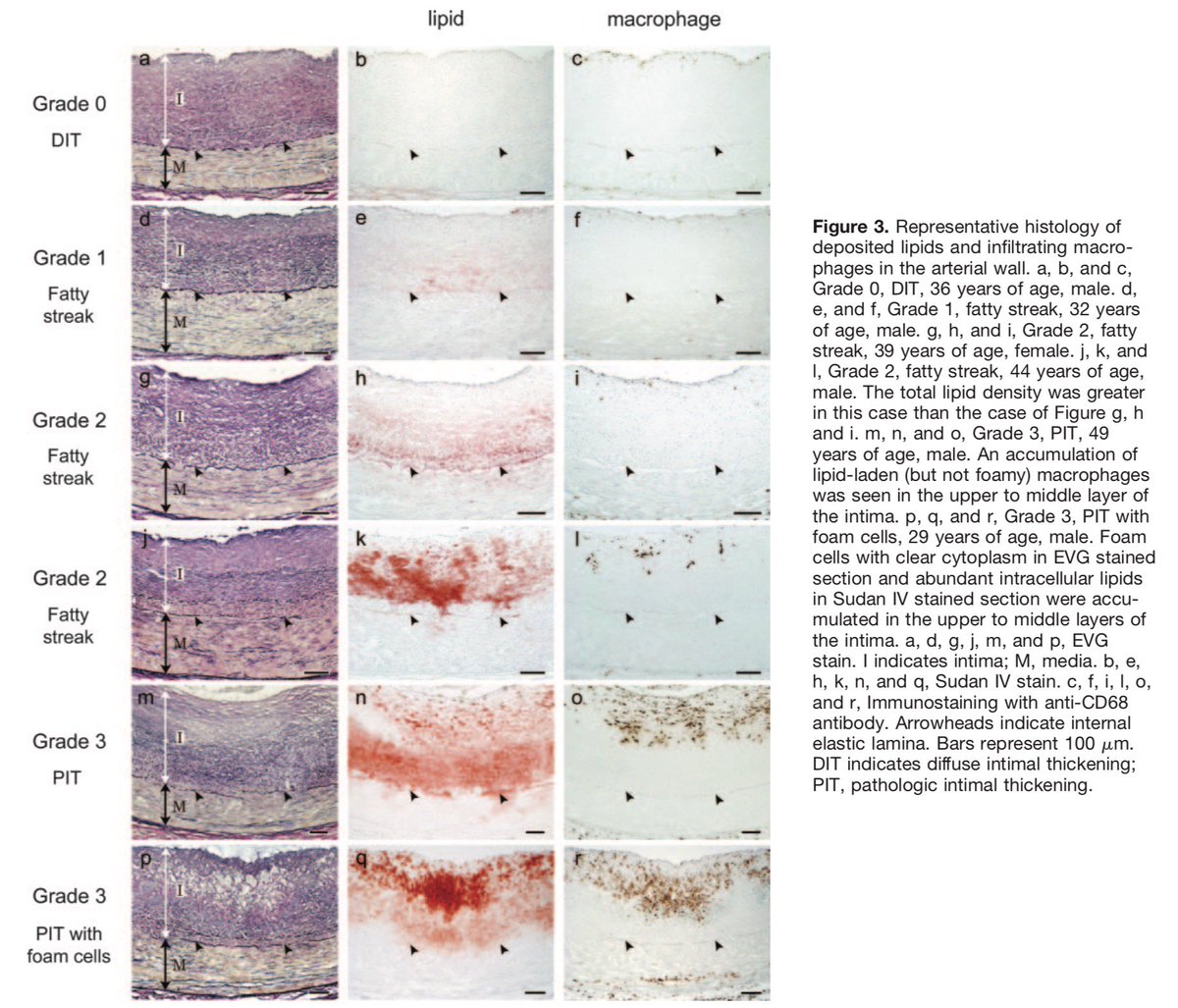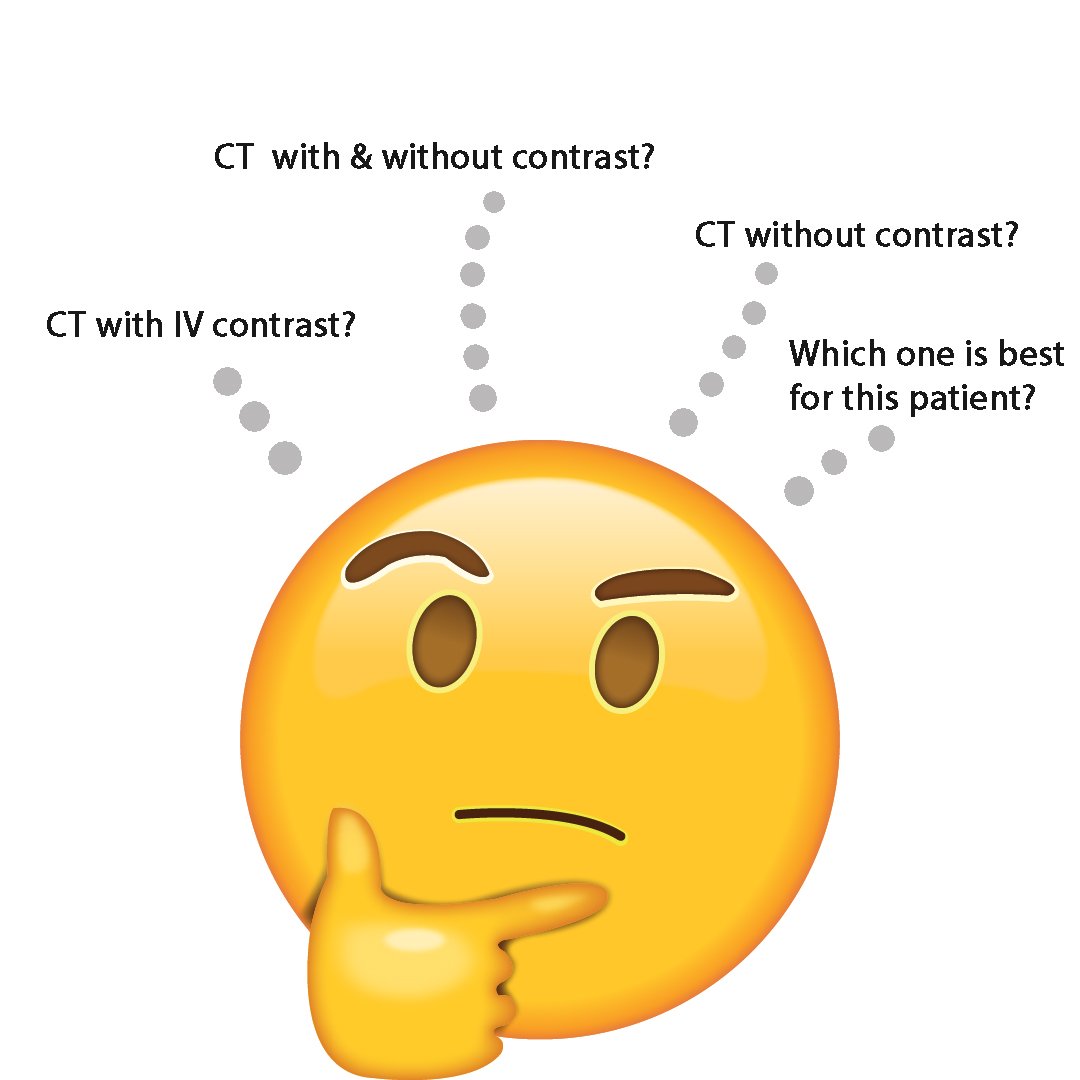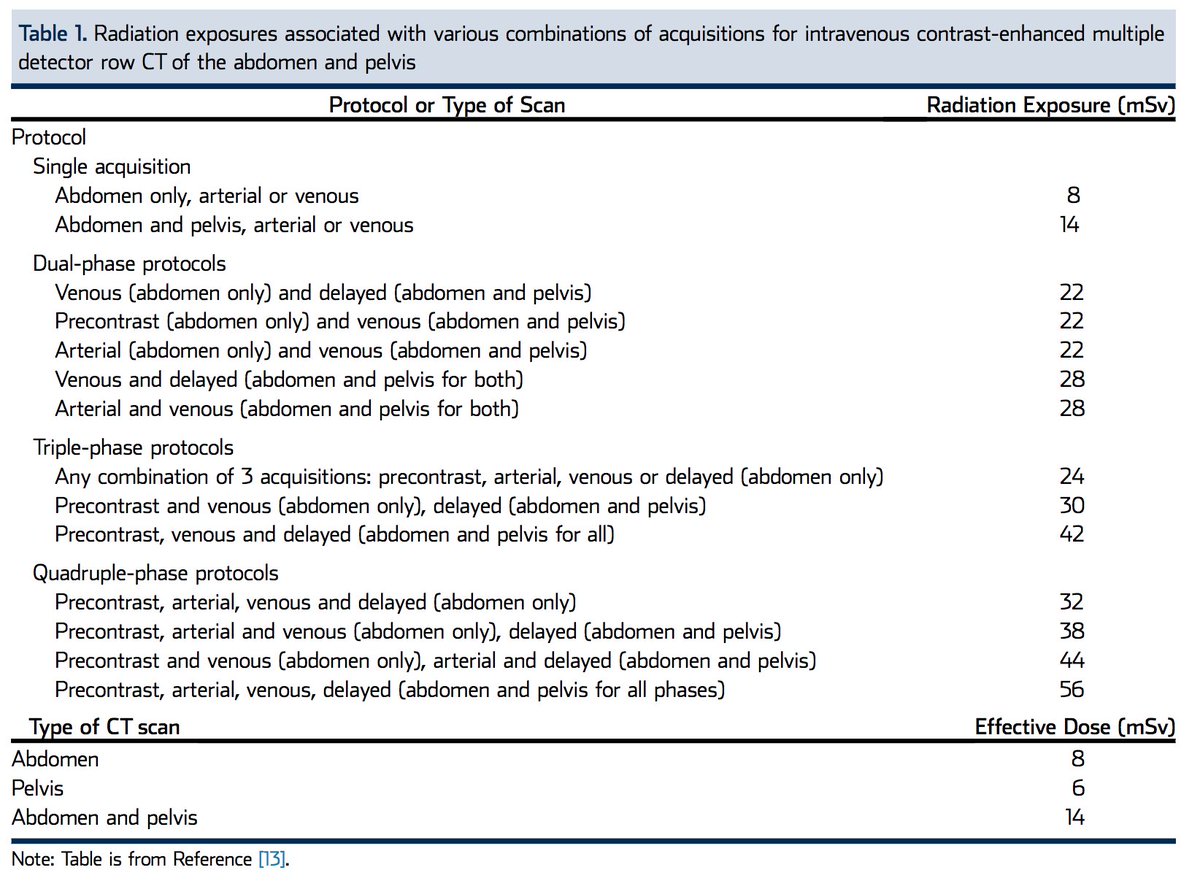Quick tweetorial on "Table 1" in clinical research for anyone who might be interested.
Let us consider this interesting paper in @AmerAcadPeds journal looking at an intervention for vaccine hesitancy.
pediatrics.aappublications.org/content/early/…
Leaving aside "Overall" is unnecessary (you can just add the 2 columns together), there is another problem here, which is our good old friend "p"
There is a p of 0.04 for "First born child", considered so important it's even in the abstract
What is a p value?
A p value is the probability of having observed the given (or more extreme) data, if the null hypothesis is true.
This can be extrapolated to mean, the probability of an observed difference being generated by chance.
We (arbitrarily) consider p<0.05 as "significant"
This trial (like many others) is a RANDOMISED trial. This means we already known the probability of differences in baseline data being generated by chance: p=1 (or 100%).
So what is the purpose of p values in table 1 of randomised trials?
There is no purpose.
We EXPECT there to be differences/imbalances between randomised groups. By chance, some of these differences will be bigger than others.
There are about 20 variates in this "Table 1".
A p value of 0.05 is equivalent to a 1:20 chance. See where I'm going here?
SUMMARY
p values are meaningless in table 1 if groups were randomised. Don't use them.
But don't take my word for it. Listen to infinitely more clever statisticians instead!
discourse.datamethods.org/t/should-we-ig…
ncbi.nlm.nih.gov/pubmed/1967441
ncbi.nlm.nih.gov/pubmed/2171874
ncbi.nlm.nih.gov/pubmed/7997705








